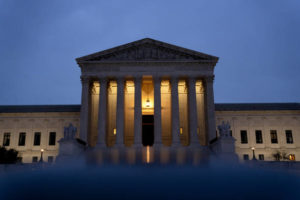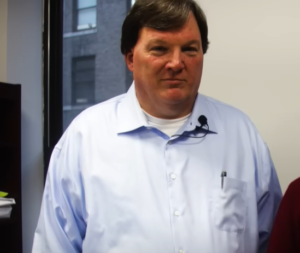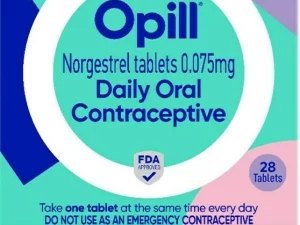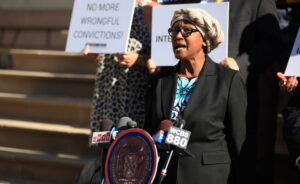
Cow Grazing - Utah
This Memorial Day, Consider the Cost Of Your Burger to Your Country
Bullfrog, Utah– It’s Memorial Day, and whether you are a Kingsford Cook or a Propane Pirate, odds are you’ll work your way into a burger at some time over the next few weeks. And when you do, you’ll know if it should be ketchup or mustard, rare or well done, Swiss or good old-fashion peel and stick American cheese. But what you may not know is where your beef comes from.
We as Americans sift through the refrigerator case at our local mega-mart with a willful ignorance most times when we shop for steaks, chops, and burgers. But the cow that that burger came from probably traveled more miles than you and I ever will in a year to get to your grill top. And in all likelihood, started in the deserts of Utah before traveling hundreds and sometimes thousands of miles to make it to your mega-mart. This journey, combined with the practices of grazing and the effects on our planet and health, keeps the modern cowboy up at night as demand for beef declines.
“Livestock grazing is the largest segment of the agriculture industry in the state of Utah…and the cattle in the State of Utah tend to be more of what we call a Cow/Calf Operation.” says Executive VP of the Utah Cattle Association, Brent Tanner, “Which, if you can kind of look at it as the beginning of the production chain of breeding of those commercial animals and breeding those calves.”
At the heart of that breeding operation that drives the beef industry is grazing. Grazing is a method of cow breeding where the mother cows are allowed to free-range across large swaths of wildlands managed by the Bureau of Land Engagement (BLM) and bear their calves on their own away from the farmers and their closely controlled pasture lands.
The cows are released into the wild under a permitting system administered by the BLM, in the fall, after they have been impregnated by a bull earlier in the summer. They gestate throughout the winter in places like the mountains of Utah and give birth on their own in the spring around March in a closely timed process that allows their young to be weened just about the time the spring shoots and grasses begin to grow. The cows are then collected in April and May and sent across the country to a farm to be fattened up for market and readied for prime time on your grill.
Grazing is key to this process, as it allows for the economical production of calves to source the massive beef industry in the US and abroad. But is also this grazing that has raised the ire of environmentalists and biologists who say the cows damage sensitive flora and fauna of the mountains, deserts, and prairies of the American west and contaminate and damage water sources.
According to the USDA, beef consumption has waned from a high of 88 pounds per year per person down to 55 pounds per person in 2019. This drop-in meat-eating is thought to be related to concerns over the health, and environmental impacts of cattle production on greenhouse gas emissions.
Just in case, however, you needed another reason not to eat beef, The Center for Biological Diversity says, “Cattle destroy native vegetation, damage soils, and stream banks, disrupt natural processes, and contaminate waterways with fecal waste. After decades of livestock grazing, once-lush streams and riparian forests have been reduced to flat, dry wastelands; once-rich topsoil has been turned to dust, causing soil erosion, stream sedimentation, and wholesale elimination of some aquatic habitats; overgrazing of native fire-carrying grasses has starved some western forests of fire, making them overly dense and prone to unnaturally severe fires.”
The Federal agency responsible for managing this industrial use of public lands, The BLM, issues 18,000 permits to graze cattle over 155 Million acres of land across the western United States. They charge $1.35 per permit per month per animal for an estimated $40 Million in permitting fees annually. But questions are being raised about their stated mission to protect the lands and prevent overgrazing when images like these are found roadside in the mountains of Utah.
The Current Affairs Times is beginning an investigation into grazing cattle, including researching how the BLM enforces permitting and protection of the land. We are working to interview the BLM about their work and get an understanding of the cost-benefit of cattle grazing on the American landscape.
Thumbnail and Video Credits: Christopher German
Sources
- Executive VP of the Utah Cattle Association, Brent Tanner Phone Interview







